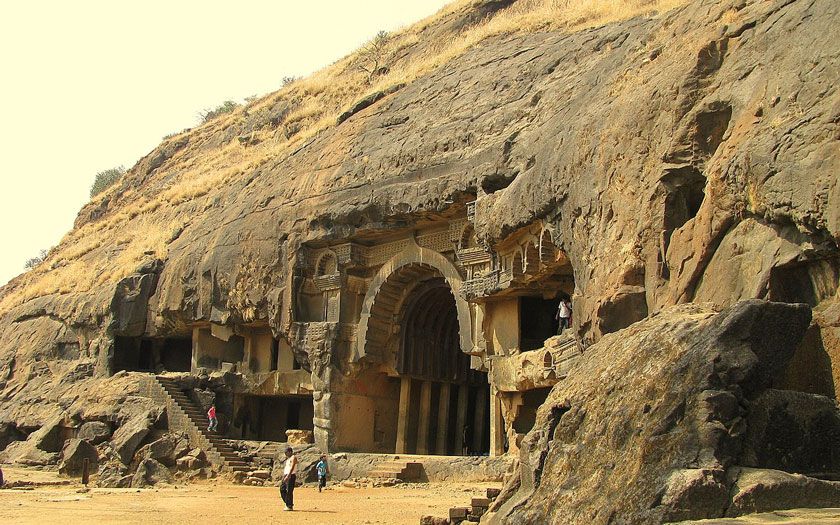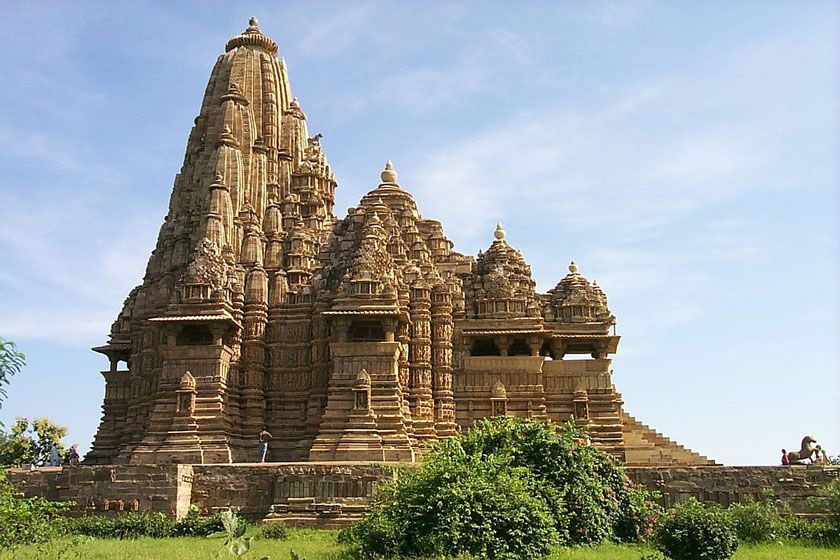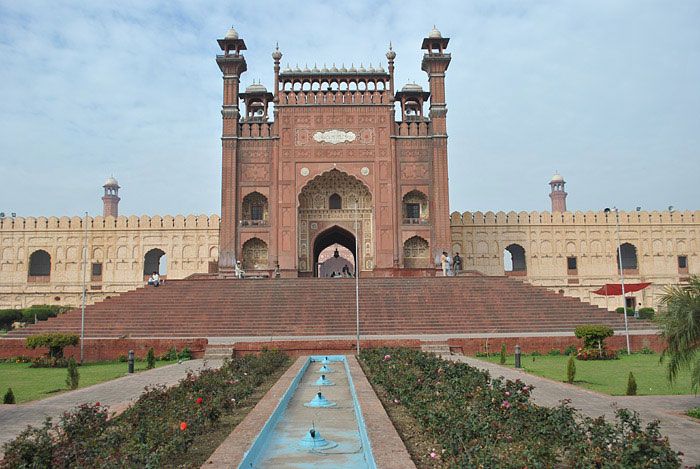Historical architecture evokes beautiful examples of art that infuse religion and culture together. This is seen under the cultural influence of Islam, Hinduism and Buddhism. While studying the art of architecture, we see that South Asian architecture comes from many cultural backgrounds that fall into many themes. Some highlight paintings on walls in mosques, some that hold the significance of stacking pillars, while some have carved work, mostly incorporated in Mughal art. Architectural art has been severely influenced by trade routes that brought traders to Asia from all over the world and therefore holds much importance.
Muslims have been in South Asia since before the 8th century and soon enough Turkish originating Afghans established their position in Northern India. Before the arrival of Muslims, there existed no political authority. They established the Mughal Empire which lasted from 1526 to 1858. During this time, they built many areas of worship, gardens, palaces, forts, mosques and bridges that still exist today and hold much significance to the respective faith.
With South Asian art divided into different cultures, civilized life began with the Indus civilization. During this time, the principal model for art was held in the theme of realism as the civilization radiated the influence of Mesopotamian art. This included various sculptures and symbols on their buildings. The largest settlements of the Indus civilization were Harappa and Mohenjo-Daro. As seen in the construction of the buildings, while little remains, the preferred material was brick.
Buddhist architecture is mainly religious. Many of the structures that existed are examples of rock-cut infrastructure such as monasteries and temples. These were carved out of natural solid rock. Perhaps the most distinctive form of architectural art is the stupa which is a relic that houses a holy person. It is a form of a shrine that may be dedicated to a deity. Shrines were considered a specialized form of a temple devoted to religious practice. The largest Buddhist construction still exists in Indonesia called the Borobudur. It is a sculpted platform with many stupas that all surround a great central stupa.

Following this, we see Hindu architecture constructed through stone blocks. The heart of the Hindu temple is called a statue chamber that consists of deities symbolic of the heavens soaring, tapered above them. Hindu architecture is heavily influenced by Buddhist art that holds a stupa elongated above. The most famous Hindu temple in sight is Angkor Wat in Cambodia, the capital of the medieval Khmer Empire. Although the temple was a Hindu temple, it was converted into a Buddhist temple. It is also known as the world’s largest religious structure.

The historical architecture of South Asia gained a new meaning with the rise of Islamic powers in the subcontinent also known as Indo-Islamic art flourishing brilliantly in manuscript illumination with calligraphy and construction. The primary architecture are mosques with two vibrant features that provide the building with its culture and image: a tower/dome shape and sculpted decoration. Along with this, beautiful carvings of Arabic writing are engraved on the walls. Some even have paintings of Mughals on tiles. The exterior of the mosques is quite rich with sculpture, not limited to abstract designs as there exists a general prohibition of drawing figures in Islamic art. The masterpiece of Islamic architecture is the Taj Mahal which dazzles with marble, made by an emperor for his wife.

Another iconic construction from the Mughal era lies in Lahore, Pakistan—the Badshahi Mosque built in 1672-1674. It is one of the most significant monuments that was built during Aurangzeb’s rule and it’s also known as the fifth largest mosque in the world. The architecture of the mosque, evoking elegance, beauty and scale, becomes an epitome of Mughal Art holding its achievement with no other alike. It features a square of 170m on each side, built on the edge of River Ravi, with prayer halls that establish four Minarets echoing the miniature of each at every corner of the monument’s perimeter. Badshahi Mosque was an imperial vision constructed hundred years back leading to the western part of another architectural wonder, the Lahore Fort. The gate faces the mosque and leads to another historical gate of Alamgiri, where troops from the empire would parade and spend time. The space in between the gates is known as Hazuri Bagh (Garden) built to prevent flooding.
The historical architecture of South Asia highlights the United Nations Sustainable Development Goal of Industry, Innovation, and Infrastructure and Sustainable Cities and Communities as the architecture holds historical heritage along with the monuments providing citizens with their cultural history and beautiful aesthetics. It allows them to build a sense of connection to their ancestral past as historical buildings often represent the significance of an individual or event, as in the case of the Badshahi Mosque. The mosque is notable for the opulence and power of the Mughal Empire back in the 19th century with the splendour it brought along. It gave rise to the creation of Islamic infrastructure with the establishment of the Faisal Mosque and even the preservation of Jahangir’s Tomb.
As stated by Frank Gehry, “Architecture should speak of its time and place but yearn for timelessness.” Historical architecture thus remains forever as it is timeless.
Infrastructure gives rise to employment and builds upon a sense of belonging for people connecting to the past. Therefore, we see the significance of historical architecture of South Asia originating from early civilizations holding deep influence from Islam, Buddhism and Hinduism. Many architectures still exist today in the respective countries of Pakistan, Nepal, India and Indonesia.
Check out the architecture of historical monuments here.
